The Chinese Doctrine That Topples Nations With Deals Not Missiles
The clash in Doklam is an example that now Bharat is not in the mood to retreat and has learned to answer China in its language.
Total Views |
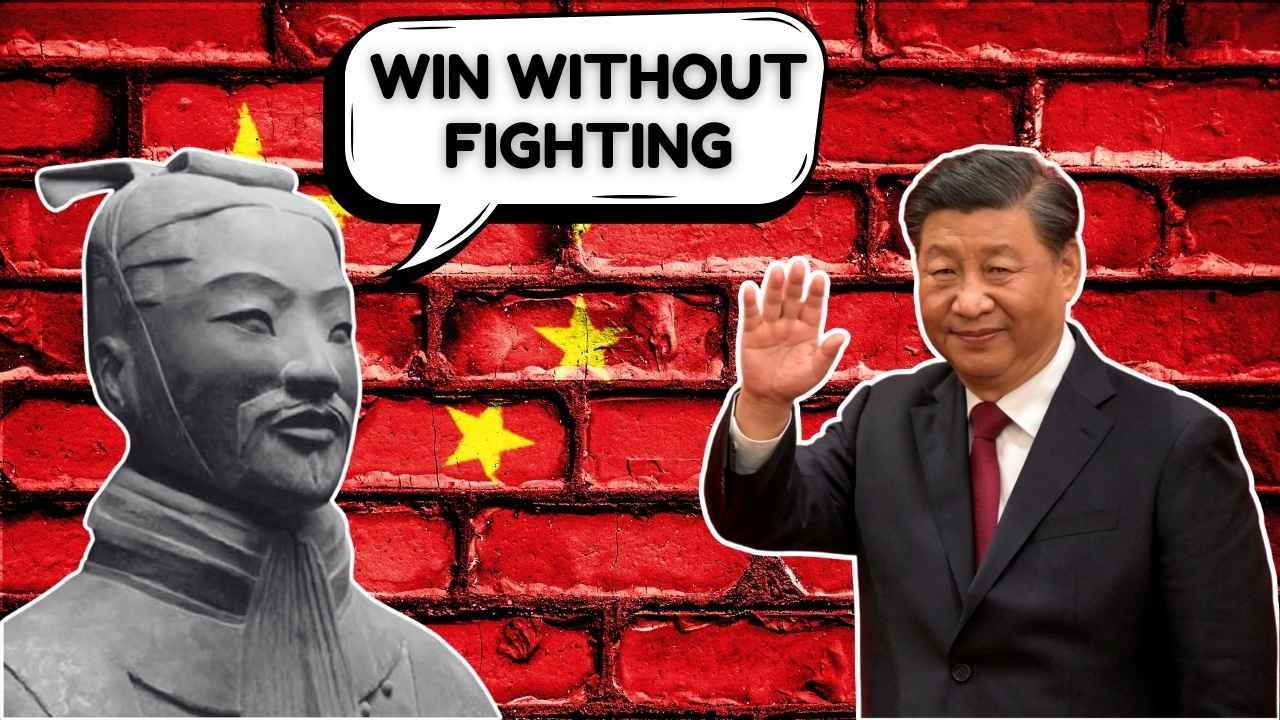
You may have heard of Sun Tzu — a Chinese general and war strategist. He wrote a book called ‘Art of War.’
In this book he discusses asymmetrical warfare, which means the enemy should be attacked only when he is neither in a position to retaliate nor to fight in defense.

Also, Sun Tzu has a very famous saying: “There is no point in winning by war; victory is when the enemy surrenders without war.” And, China is an expert in this.
China has always been doing this. It has been adopting this strategy to capture other small countries.
Even if it fought a war, it fought at a time when the opponent was not in a position to fight.
He first surrounds and builds pressure, and when the opponent understands that he will lose if he fights… Then he sits at the table and ends the dispute on his terms.
This is asymmetrical warfare, i.e., a war won without fighting.
In such wars, there are two most important things: first, the economy, and second, the narrative and instability against the enemy — in the world and in his home.
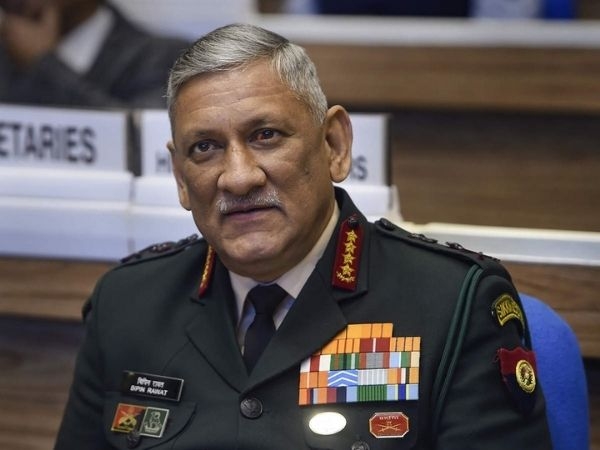
This instability and narrative make up the half front in those two and a half fronts that General Bipin Rawat used to talk about.
But now forget the 2.5 fronts; they are old stuff. Now understand the 3.5 and 4.5 fronts, because China is trying to make them stand against Bharat.
Understand how China is working on the Sun Tzu Doctrine — It shares the ground border with 13 countries, including Bharat, North Korea, Russia, Mongolia, Kazakhstan, Kyrgyzstan, Tajikistan, Afghanistan, Nepal, Bhutan, Myanmar, Laos, and Vietnam.
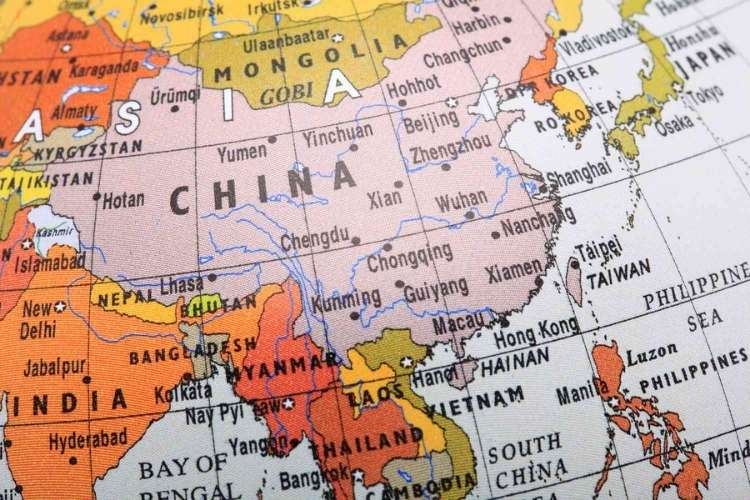
Apart from this, China has a maritime border with South Korea, Japan, the Philippines, Brunei, Malaysia, Taiwan, and Indonesia, and with all these, China has conflicted on the border.
This also includes the part of POJK that was sold by Pakistan.
But China has signed border treaties with 12 out of these 20 border countries.
It seems very peaceful to hear, but the real story is something else.
Even though the agreements have been signed, the dispute still remains.
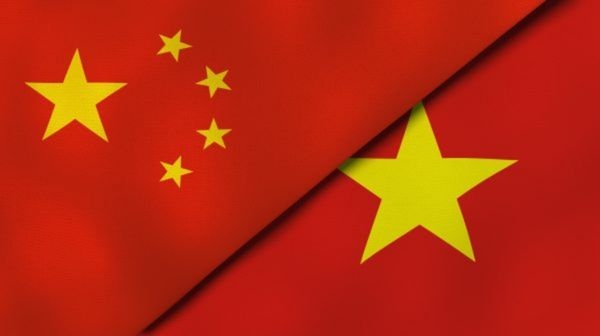
For example, China surrounded Vietnam in such a way that it had no other way than to accept China's terms.
In his strategy against Vietnam, China implemented Sun Ju's formula very effectively.
Despite the continuous controversies with Vietnam and the 1979 China-Vietnam War, China focused on keeping Vietnam financially dependent on itself.
China kept pressure on Vietnam's economy, making it difficult for Vietnam to stand against Chinese activities in the South China Sea.
In addition, China promoted the "peaceful growth" narrative using its diplomatic channels and promotional mechanisms.
And continued to militarize the disputed islands behind the curtain and occupy the maritime boundaries of his Vietnam.
This double-edged strategy of economic confusion and the narrative put Vietnam in a position to lose without fighting.
Similarly, in Nepal, China first helped Khadga Prasad Sharma Oli to become prime minister and then increased its influence in Nepal through economic and political means.
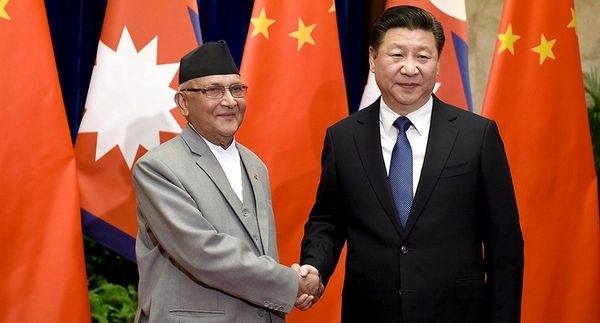
Under the Belt and Road Initiative (BRI), China invested heavily in the infrastructure in Nepal. This led to Nepal's economic dependence on China.
Along with this, China took advantage of Nepal's media, academics, and political category and carried forward the narrative in its favor.
China uses diplomatic pressure to suppress any opposing front against it, especially on issues related to Tibet.
China has reduced Bharat's influence in Nepal by controlling this economic tension and negativity.

On the other hand, China's strategy against Pakistan revolves around converting it into a customer state through economic, military, and geopolitical means. CPEC has deepened Pakistan's dependence on China.
China has strengthened Pakistan with the supply of modern weapons and technology, as it acts as a balance towards Bharat for Pakistan.
This Chinese strategy of economic confusion, military support, and diplomatic shield has led to Pakistan's pawn in South Asia without any direct struggle.
China surrounding Bharat from all three sides — Nepal, Pakistan, and Aksai Chin — is the same policy that it took against Vietnam. But China also knows that Bharat is not like Vietnam.
Bharat is also working firmly on every aspect. In the last 10 years, Bharat has increased its economy by double (104%).
The growth that took place in 68 years was completed in just a decade.
The Atma Nirbhar Bharat Abhiyan is focused on being self-dependent on military requirements.
Last year itself, Bharat has so far received Rs 23,622 crore from defense exports.

Even in military power, Bharat is now equipped with weapons like the S-400 and Rafale.
The most important change that has taken place in Bharat's policy with all this is the approach towards the Chinese problem.
A high-ranked military officer said in a conversation that earlier the government did not develop infrastructure on the border for fear that China would be disturbed and it would reach Delhi easily with our roads.
But now Bharat is growing rapidly on the border and is increasing its strategic capabilities.
Even from a strategic point of view, Bharat has prepared its Naulakha Haar over China's Chain of Pearls.
When China bought a port in Gwadar, Pakistan, Bharat did in Chabahar, Iran. China, which is trying to make Pakistan a second front, knows that Bharat's fronts are Iran and Afghanistan.
Bharat has already pacified the Kashmir region of Pakistan. Islamabad now has got the point that it may lose Balochistan in the process of snatching Kashmir.
The clash in Doklam is an example that now Bharat is not in the mood to retreat and has learned to answer China in its language.
In Nepal too, the chessboard of China is now shattered, and the movement to change the regime is on.
The people of Nepal have understood that they are at a loss with the favorite prime minister of Chinese Communists.
Article by

Suraj Bhan Sharma and Mohan Singh Dhargar

